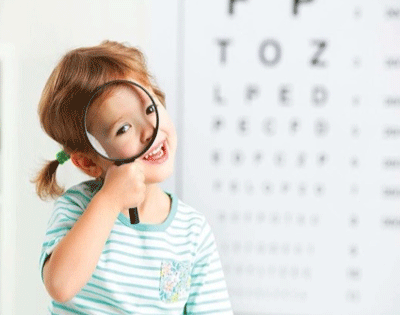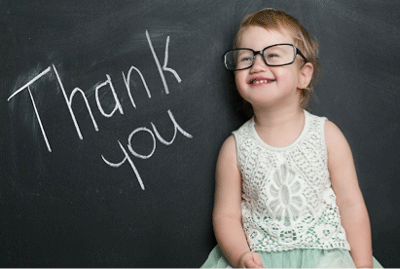Vision is fundamental to children’s learning. About 80% of socio-educational development takes place through the eyes during the first 12 years of life, but changes in vision can take place without parents noticing.
Working as an optician has helped me realize the importance of having our kids’ eyes examined every year. The discussion can start with vision screenings at schools or pediatricians, but we must add that it is not the perfect way to fully diagnose a vision problem. Certainly it’s not a full eye exam, but it is a way to at least notify parents of a potential vision problem.
I will never forget our 4-year-old patient, with a +7.50 (OU). This is less than 20/400 vision on the Snellen chart, with a very limited equivalent viewing distance (EVD) –the distance in meters a patient must hold something to see it clearly enough to accomplish a goal. Her mom told me the story about how they used to get mad at her for falling and stumbling constantly in school. They never thought about her vision as a potential problem; they thought she did it just to play around. This type of discussion with patients shocked me.
Experts estimate that approximately 80% of our perception of the world is through the sense of sight, in the same way 80% of learning is done through vision. Good vision is required to attend to explanations on the blackboard, read quickly and understand, study and do homework. Students may also have extracurricular activities, or play sports. This implies that when the child does not see, it affects participation in the classroom, relationships with others, and interest in the subjects. It should be added that reading, the use of mobile devices, computers, tablets or game consoles, are causing changes in the visual needs of children.
According to the American Optometric Association (AOA), 25% of school children have vision problems such as nearsightedness, farsightedness, strabismus, lazy eye and astigmatism, with myopia increasing, and use glasses or contact lenses to correct them. In many cases school failure or the inability of children to achieve the established school performance, is not related to the abilities or intelligence of the children, but to uncorrected visual problems.
Parents should be alert to any signs of developmental delays in their children's eyesight:
- The child sits near the television or holds a book very close to the face
- Squinting eyes
- Tilting head
- Rubs eyes frequently
- The deviation of one eye with respect to the other
- Sensitivity to light
- Difficulty in recognizing colors, shapes, letters and numbers.
It is important that parents know how critical it is to understand our kids’ vision during school age. Normal visual development can provide the child with an advantage for school performance and for life.
Learn how to communicate the right children's eyewear solutions with our CE, Focus on Kids’ Eyewear at 2020mag.com/ce.














